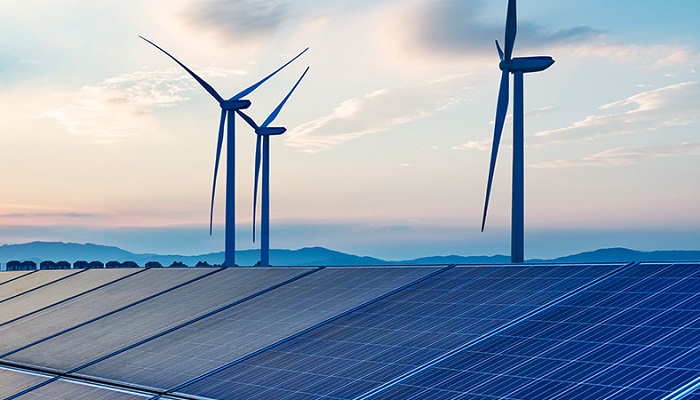Japan's utilities are on track to boost clean electricity output to the highest levels in several years in 2024, after recording a 12.4% rise in clean power output over the first two months from the same period in 2023.
Clean electricity output during January and February totalled 52.67 terawatt hours (TWh) according to energy think tank Ember, the highest for that period in at least five years. Japan's power firms also cut fossil fuel-based generation over the opening two months of the year by 6% from the year before, to the lowest since 2019.
As a result, clean power sources supplied 31.6% of Japan's electricity during the first two months of 2024, up from a 28% share at the same point in 2023.
With Japan's peak solar and hydro output periods still ahead, utilities are in a position to potentially lift clean power generation even more in the coming months, likely to the highest levels since the country slashed nuclear output in the wake of the 2011 Fukushima accident.
During the first two months of 2024, solar power was the largest source of clean energy in Japan, generating just over 14 TWh of electricity. Nuclear reactors (13.3 TWh), hydro dams (10 TWh) and bioenergy plants (9.5 TWh) were the next largest clean sources, followed by wind farms (4 TWh), Ember data shows.
All sources of clean generation posted increases over the same period in 2023, with nuclear, hydro and bioenergy sources registering double-digit growth.
Clean generation levels look set to climb further over the coming months as solar output rises to its annual peak and hydro dams receive their largest monthly rain totals during Japan's summer.
In 2022 and 2023, Japan's solar electricity generation levels increased by around 70% from the January-February average during the peak summer months of May through August.
If that trend is followed again in 2024, this year's solar production should average around 11.75 TWh per month during May, June, July and August, and should account for around 15% of total electricity generation during those months.
Hydro output has historically roughly doubled from January-February averages during the peak summer months to around 7.5-8.0 TWh a month, and so should also help further lift total clean electricity generation in the middle of this year. The summer months also mark the high point of Japan's total electricity demand needs, due to the widespread use of power-hungry air conditioners during the hottest times of year.
However, to meet some of that additional round-the-clock consumption, utilities may be able to dial up production at nuclear reactors and bioenergy plants that can adjust baseload output levels as needed.
Power firms will also likely deploy more coal and gas-fired electricity if demand levels consistently exceed clean energy supplies, which is often the case during the warmest months of the year.
But with most clean sources of electricity likely to increase substantially from current levels during the summer, Japan's utilities may be able to limit any increase in fossil fuel-powered output, and thereby continue to build on the clean energy momentum already in evidence so far in 2024.










